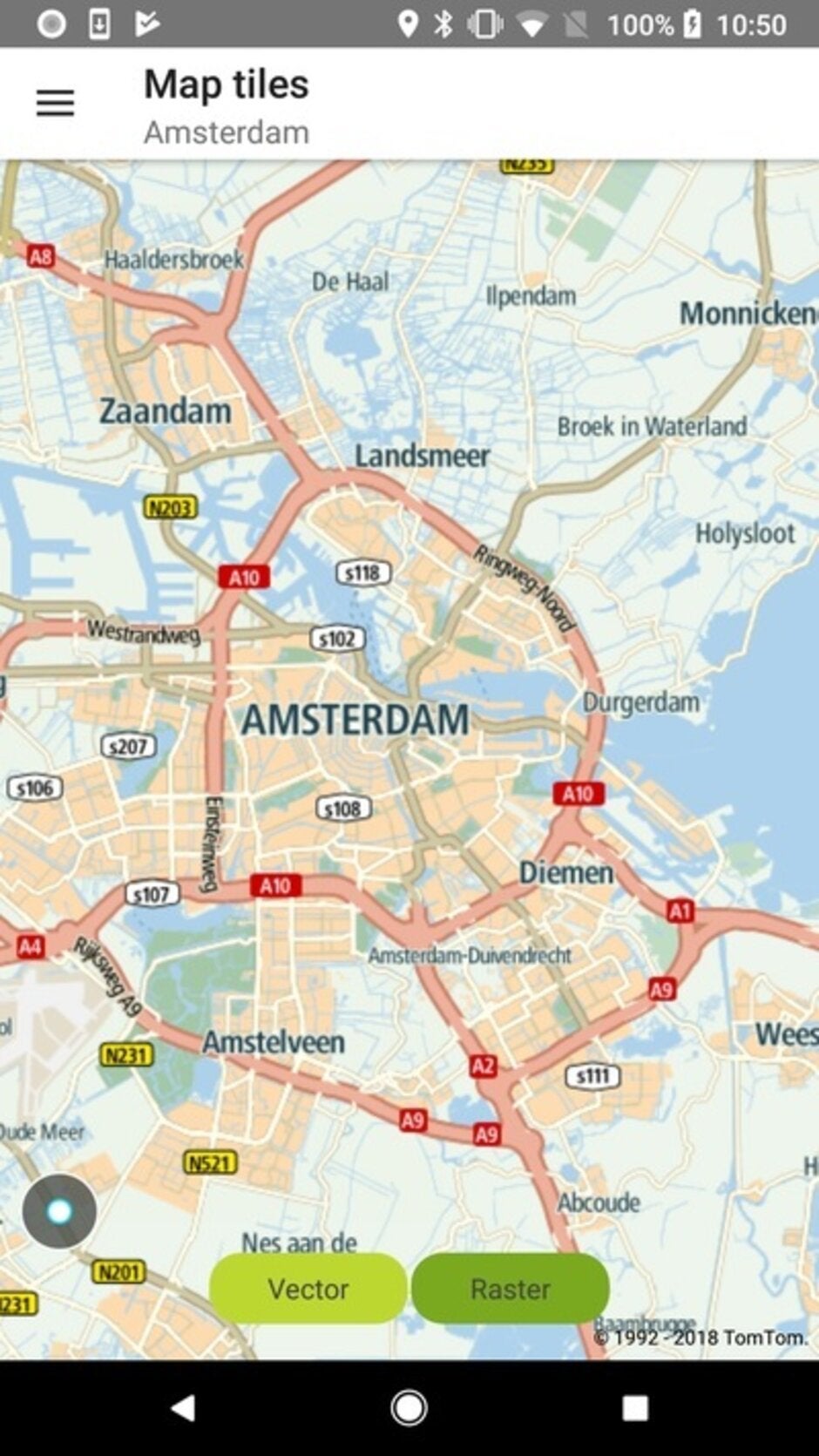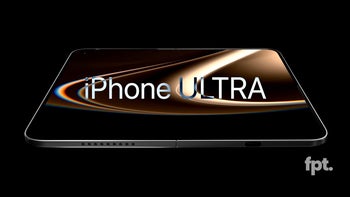With Google Maps unavailable, Huawei turns to another mapping, navigation, and traffic provider

Since the middle of last May, Huawei has been on the U.S. Commerce Department's entity list which means that the manufacturer is banned from accessing its U.S. supply chain. Perhaps the biggest loss for Huawei has been its inability to license Google Mobile Services and Google Play Services for Android. As a result, Huawei phones from last year's Mate 30 series onward must use an open-source version of Android. Google apps like Search, Gmail, Drive, the Play Store, Maps and others cannot be used. In China, where most Google apps are banned, this is no big deal. But Huawei's international sales have suffered from the inability of the manufacturer's phones to run Google's base apps.
To replace the Play Store, Huawei is loading its international models with its AppGallery storefront. And Reuters reports that the manufacturer found a replacement for Google Maps. On Friday, mapping firm TomTom announced that it had signed a deal with Huawei. Under the terms of the deal, the company can use TomTom's mapping, traffic, and navigation software on its smartphones. Terms of the deal were not disclosed. TomTom spokesman Remco Meerstra said that both sides had closed on the deal a while ago but are just now making news of it public.
So far, Huawei has not been used as a bargaining chip during U.S.-China trade negotiations
TomTom is known for creating a new category, the personal navigation device (PND) which it launched in 2004. Over 80 million units were sold. In 2012, it entered into a deal that made the company the main provider of mapping data for the new Apple Maps. But this turned out to be a fiasco for Apple as the app launched half-baked with cities and towns mislabeled, countries missing, and directions not to be trusted. Things were so bad that Apple CEO Tim Cook issued an apology and did the unthinkable. He recommended that iOS users install a rival mapping service such as Google Maps while Apple improved its own version. While Apple did improve Apple Maps to the point where it could take you from point "A" to point "B" without incident, in 2018 it dropped TomTom and other third-party mapping vendors and decided to collect the mapping data itself.

A TomTom map viewed on a smartphone
Huawei models that do not use the licensed version of Google include the Mate 30 series and the upcoming P40 line. There had been hopes that trade talks between the U.S. and China would lead to the removal of Huawei from the entity list. President Donald Trump had hinted that the Chinese manufacturer could be used as a bargaining chip in an effort by the U.S. to obtain better terms for a trade agreement. But so far, with Phase One of a trade deal signed by both countries, Huawei apparently has not been mentioned. That doesn't mean that the company won't be brought up by U.S. negotiators in the future.
While Huawei is banned from accessing its U.S. supply chain, the company has ridden a wave of patriotism among Chinese consumers to dominate handset shipments in its home country. For example, during the third quarter, the manufacturer's phone shipments domestically soared an incredible 66% year-over-year. During the three-month period from July through September, Huawei's market share inside China was over 42% as consumers in the country considered it to be a victim of U.S. bullying.
Despite missing out on some global sales due to the ban, the company shipped a record 240 million smartphones last year. That topped estimates by 10 million and beat the 2018 figure by 16%. Still, the number shipped did fall short of the 300 million units that Huawei planned on delivering for 2019. And instead of surpassing Samsung, Huawei had to settle for second place behind the South Korean behemoth. Huawei did manage to top Apple and all things considered, the company turned in a sparkling performance business-wise in 2019. And now with the addition of TomTom's data, you might say that Huawei is mapping out 2020 as it continues to replace the components and software it cannot obtain from the U.S.
However, things could get worse for Huawei if the U.S. Commerce Department makes a change to the di minimis rule. The latter currently allows the U.S. to issue export controls on foreign-made goods if their value consists of over 25% U.S. origin parts. The Commerce Department is considering a reduction in that threshold to 10% which would mean that Huawei could have trouble sourcing components and software from foreign countries.
Follow us on Google News













Things that are NOT allowed:
To help keep our community safe and free from spam, we apply temporary limits to newly created accounts: